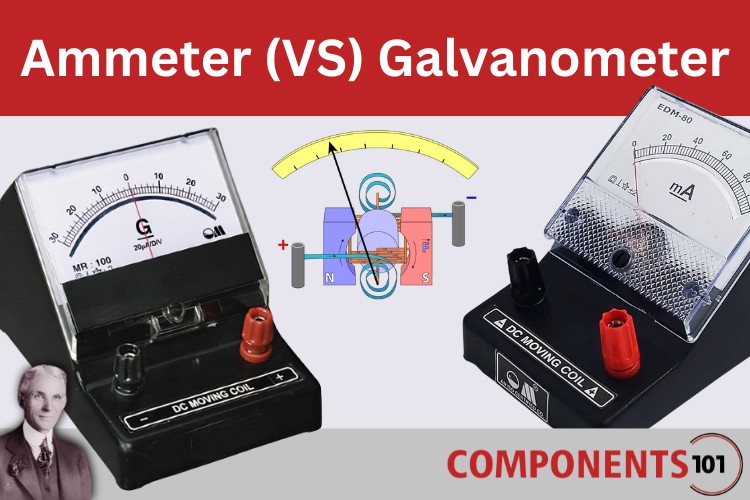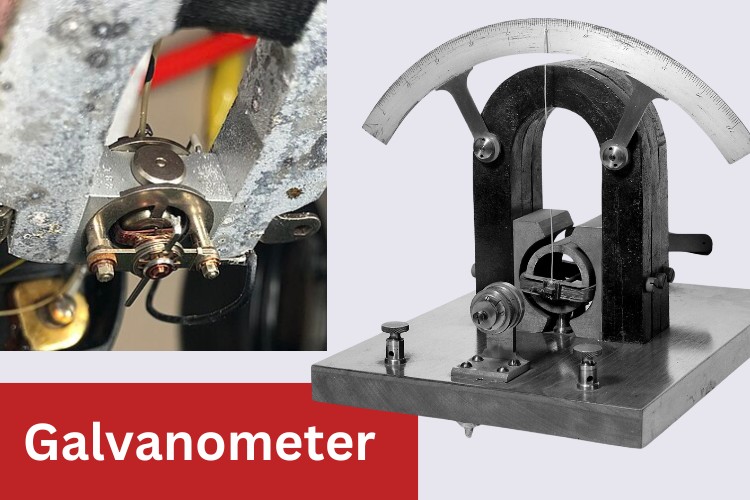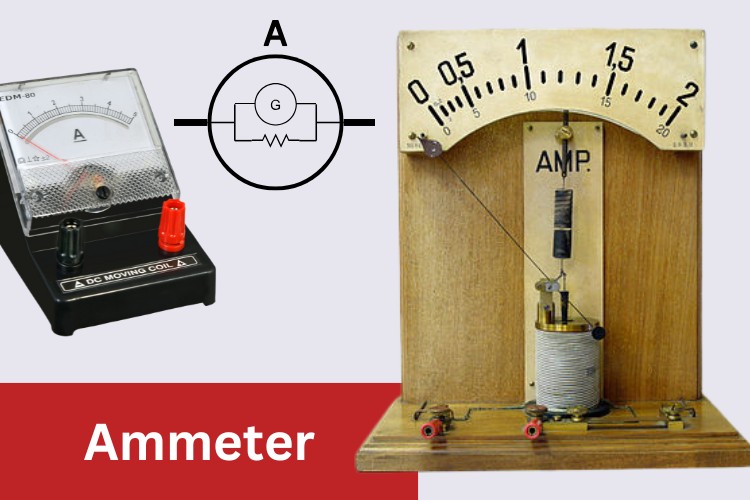Optimized at frequencies beyond traditional industry targets to support emerging applications
Difference between Ammeter and Galvanometer

When you enter the field of electronics, measuring instruments are essential for understanding circuits and experimenting with them. Along the way, you may encounter terms like ammeter and galvanometer. Both are instruments used to measure electric current, but they have differences in functionality and application. Let’s explore these in this article.
General Theory
In electronics, measuring current is crucial. In the past, analog meters were used, but they have largely been replaced by digital meters. The use of analog ammeters and galvanometers has thus reduced. Digital meters offer current-measuring options that can effectively measure current from a few microamps to thousands of amps. In earlier days, a galvanometer was used to measure lower current, while an ammeter was used for higher currents.
What is Galvanometer?

A galvanometer is an instrument for measuring highly sensitive, low currents in a circuit, typically in microamps. Its main working principle is electromagnetic induction, specifically the interaction between a magnetic field and a current-carrying conductor.
To simplify, whenever current passes through a coil, it produces a magnetic field around it. When this coil is placed between permanent magnets, the coil aligns with the magnetic field of the permanent magnet. The amount of deflection is directly proportional to the intensity of the current applied, thus allowing for effective current measurement.
What is Ammeter?

Similar to the galvanometer, an ammeter has the same basic internal structure that causes proportional deflection of the needle based on the applied current. However, it is much less sensitive and can measure larger currents.
This capability is possible due to a small resistor connected in parallel with the galvanometer. Most of the current flow through the resistor, with only a small amount passing through the coil. This setup enables the measurement of higher current values. Changing the value of this resistor allows for various ammeter ranges. That is.
Comparison chart of the Ammeter vs Galvanometer
Below is a comparison of key characteristics between ammeters and galvanometers for easy understanding.
|
Feature |
Galvanometer |
Ammeter |
|
Purpose |
Measures small current levels with high sensitivity |
Measures larger current levels with lower sensitivity |
|
Range of Measurement |
Typically in microamperes (µA) |
Typically in amperes (A), ranging from mA to several A |
|
Internal Resistance |
High resistance to avoid current interference |
Low resistance to allow higher current to pass |
|
Principle of Operation |
Based on electromagnetic induction, deflecting a needle |
Uses a shunt resistor in parallel with a galvanometer |
|
Usage |
Suitable for detecting very low current and circuit faults |
Suitable for measuring current in electrical devices |








